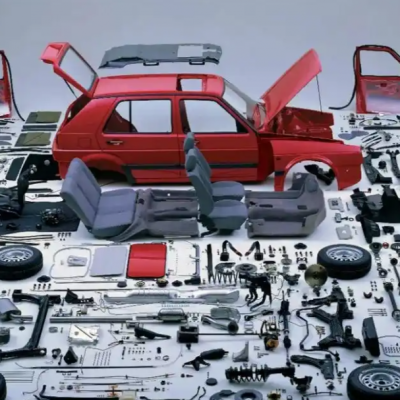Honda Hybrid Vehicle Technology Explained
Table of Contents
ToggleHonda hybrid technology mainly includes Honda’s IMA hybrid system, i-DCD hybrid system, i-MMD dual-motor hybrid system, and SH-AWD hybrid system.
1. Honda IMA Hybrid System
In 1997, Honda developed the first-generation IMA (Integrated Motor Assist) hybrid system. In 1999, the first-generation IMA system was launched in the Honda Insight, and it has since evolved to the sixth generation of IMA. The IMA system is a typical parallel hybrid system.
(1) Composition of the Honda IMA Hybrid System
The Honda IMA hybrid system mainly consists of an engine, electric motor, CVT transmission, and Intelligent Power Unit (IPU), as shown in Figure 4-33. The electric motor replaces the traditional flywheel to maintain the crankshaft’s rotational inertia. The entire system is very compact, with the IPU module occupying additional space compared to traditional vehicles.
The engine in the IMA hybrid system reduces fuel consumption through Honda’s i-VTEC (Variable Valve Timing and Lift Electronic Control), i-DSI (Intelligent Dual-Spark Ignition), and VCM (Variable Cylinder Management) technologies.
The Honda CR-Z uses a 1.5L i-VTEC engine with a peak power of 83kW and peak torque of 145N·m, achieving a real-world fuel consumption of around 5.4L per 100km.
The IMA system’s electric motor is installed between the engine and transmission. The motor is very thin and compact, often referred to as a “thin sheet motor” in the industry. The thin sheet motor in the CR-Z has a peak power of 10kW and a peak torque of 78N·m.
This motor serves only an auxiliary role. The IMA system can drive the car alone in certain situations (such as low-speed cruising), which classifies it as a medium-sized hybrid. The system uses a regular 7-speed CVT transmission.
The IMA system’s intelligent power unit (IPU) is composed of a Power Control Unit (PCU) and a battery. The PCU includes a Battery Control Module (BCM), Motor Control Module (MCM), and Motor Drive Module (MDM), while the battery is a nickel-metal hydride battery pack.
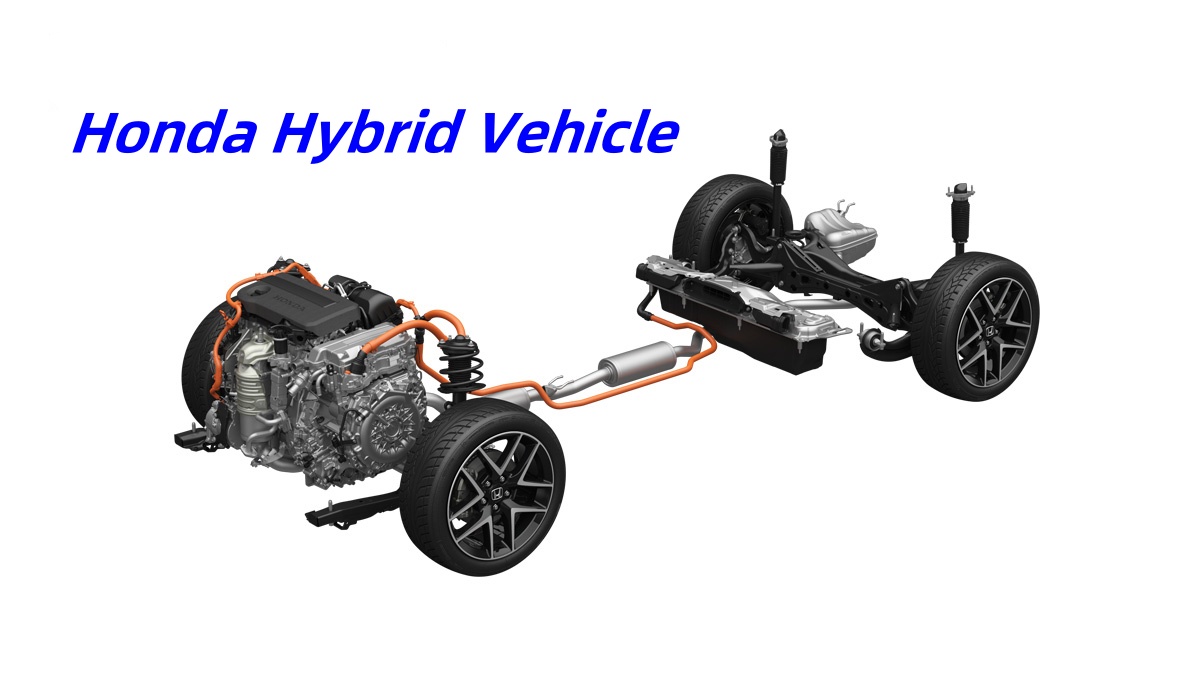
(2) Operating Modes of the Honda IMA Hybrid System
The Honda IMA hybrid system operates in several modes: startup acceleration, rapid acceleration, low-speed cruising, light acceleration and high-speed cruising, deceleration or braking, and parking mode.
- Startup and Acceleration Mode: During startup and acceleration, the engine runs at a low-speed valve timing state while the electric motor provides assistive power to achieve better acceleration and lower fuel consumption.
- Rapid Acceleration Mode: During rapid acceleration, the engine runs at a high-speed valve timing state, and the battery powers the electric motor, which works together with the engine to drive the vehicle and improve acceleration performance.
- Low-Speed Cruising Mode: In low-speed cruising, the intake and exhaust valves of all four engine cylinders are closed, and the engine stops working. The vehicle is driven purely by electric power, achieving true zero emissions.
- Light Acceleration and High-Speed Cruising Mode: During light acceleration and high-speed cruising, the engine operates at a low-speed valve timing state, where it achieves higher efficiency. The electric motor does not operate, and the engine alone drives the vehicle.
- Deceleration or Braking Mode: During deceleration or braking, the engine shuts off, and the motor operates as a generator to convert mechanical energy into electrical energy, which is stored in the battery. When the vehicle brakes, the brake pedal sensor sends a signal to the IPU, and the computer controls the braking system to coordinate mechanical braking and energy recovery from the motor for maximum energy recapture.
- Parking Mode: When parking, the engine automatically shuts off to reduce fuel consumption and emissions, and the motor also shuts off. When the brake pedal is released, the engine automatically starts.
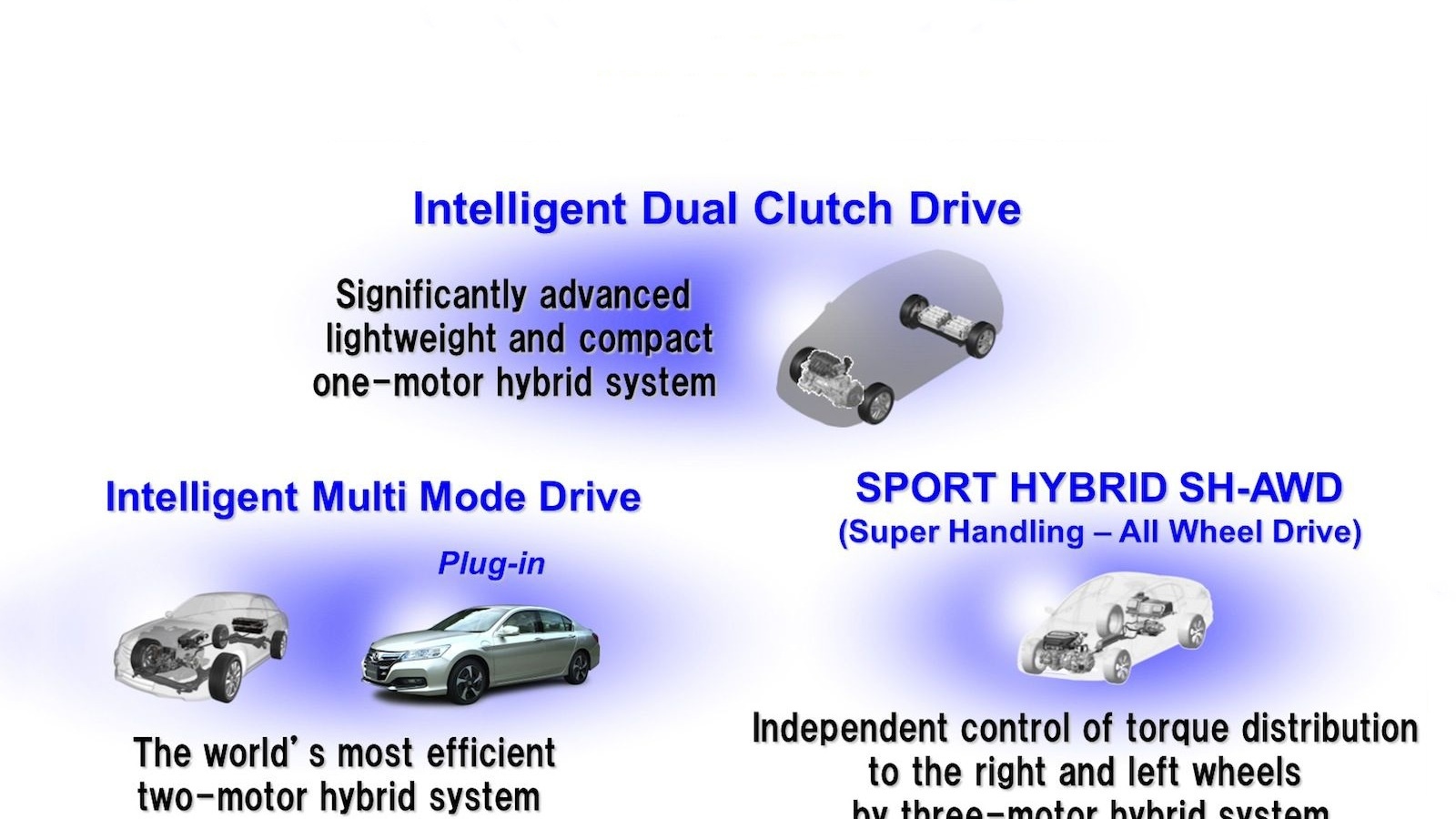
2. Honda i-DCD Hybrid System
After the IMA system, Honda simultaneously launched three hybrid powertrain technologies: i-DCD, i-MMD, and SH-AWD for small, medium, and large vehicles, respectively. The Honda i-DCD (Intelligent Dual Clutch Drive) hybrid system is targeted at small and compact cars and is currently used in hybrid models of the Honda FIT, CITY, and JAZZ.
(1) Composition of the Honda i-DCD Hybrid System
The Honda i-DCD hybrid system mainly includes an engine, a 7-speed dual-clutch transmission with a built-in electric motor, an IPU, an electric air-conditioning compressor, an electric servo brake system, etc. The 1.5L engine has a peak power of 81kW and a peak torque of 134N·m. The electric motor is an AC permanent magnet synchronous motor with a maximum output of 22kW and peak torque of 160N·m. The hybrid system’s total maximum output power is 101kW, with a peak torque of 170N·m. The battery is a lithium-ion battery with a capacity of 0.86kW·h.
The i-DCD system uses a 7-speed dual-clutch transmission instead of the CVT transmission used in the IMA system, offering excellent driving performance and fuel efficiency. The core of this system is the 7-speed dual-clutch transmission with a built-in electric motor. The dual-clutch transmission alternates between two clutches for shifting, allowing for quick gear changes without power loss or lag. The simple gear structure minimizes power loss and improves fuel efficiency. The motor is small and directly connected to the main shaft of the dual-clutch transmission.
Therefore, the i-DCD system is essentially a P3 hybrid system with a single motor and dual-clutch transmission.
(2) Operating Modes of the i-DCD Hybrid System
The i-DCD hybrid system operates in three different driving modes: pure electric drive mode, hybrid drive mode, and engine-only drive mode.
- Pure Electric Drive Mode: When starting or driving at low speeds (≤60 km/h), the engine is off, and the electric motor is the sole power source.
- Hybrid Drive Mode: During acceleration, the engine and electric motor start working together, entering hybrid drive mode.
- Engine-Only Drive Mode: During high-speed driving, the engine operates in its most efficient range, and the electric motor is inactive. When decelerating or braking, the engine stops working, and the vehicle recovers energy to recharge the battery.
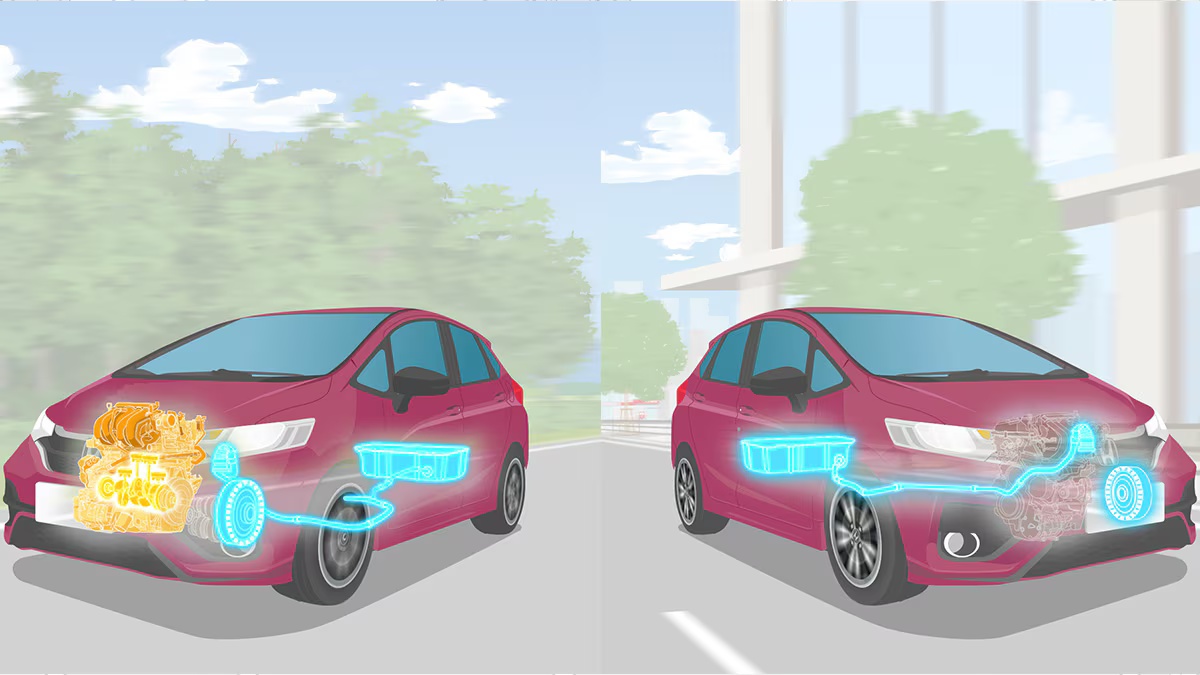
3. Honda i-MMD Dual-Motor Hybrid System
(1) Composition of the Honda i-MMD Dual-Motor Hybrid System
The Honda i-MMD (Intelligent Multi-Mode Drive) dual-motor hybrid system consists of a 2.0L Atkinson-cycle, DOHC i-VTEC gasoline engine, two high-power electric motors (electric CVT), a power control unit (PCU) for managing the motors, and an intelligent power unit (IPU) comprising high-power lithium-ion batteries and a DC/DC converter. This system smoothly switches between electric, hybrid, and engine-driven modes, offering exceptional fuel efficiency and acceleration performance.
The third-generation i-MMD system maintains the structure and operation principles of the second-generation system, using a 2.0L Atkinson-cycle engine, dual motors, and a lithium-ion battery. However, the engine’s thermal efficiency has been optimized to 40.6%, and the IPU’s volume has been reduced by 32%. Additionally, it uses Honda’s non-rare earth magnet motors. The engine has a peak power of 107kW and a peak torque of 175N·m.
The dual motors are the key components of the i-MMD system, providing improved output and torque compared to traditional systems and enabling further miniaturization. The drive motor provides high torque immediately upon start, while the generator motor efficiently generates power to recharge the battery.
(2) Operating Modes of the i-MMD Dual-Motor Hybrid System
The Honda i-MMD dual-motor system operates in pure electric drive, hybrid drive, and engine drive modes.
- Pure Electric Drive Mode: During startup and low-speed cruising, the vehicle is driven by the electric motor powered by the battery, with the engine remaining off.
- Hybrid Drive Mode: During acceleration, the engine drives the generator motor to supply power to the drive motor, propelling the vehicle forward.
- Engine-Only Drive Mode: During high-speed cruising, the engine drives the wheels through a clutch, with no need for the electric motor.
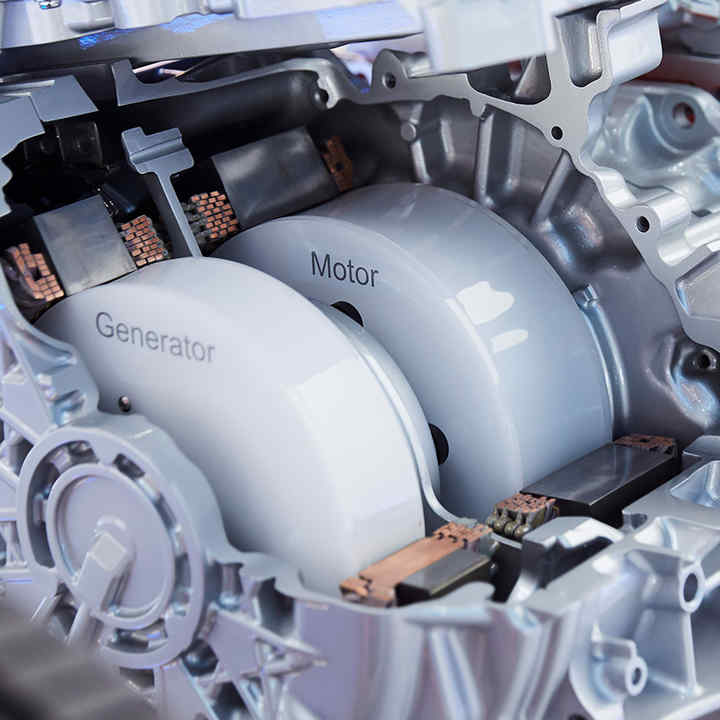
4. Honda SH-AWD Hybrid System
(1) Composition of the Honda SH-AWD Hybrid System
The Honda SH-AWD (Sports Hybrid Super Handling-All Wheel Drive) hybrid system includes an engine, a 7-speed dual-clutch transmission with a built-in motor, electric air-conditioning compressor, electric servo brake system, a dual-motor unit (TMU), an intelligent power unit (IPU), and a motor drive inverter unit (PDU). Acura hybrid vehicles use a four-wheel-drive configuration. The engine is a Honda 3.5L V6 VCM engine. The front motor (34.5kW) is integrated into the 7-speed dual-clutch transmission, while the rear axle features dual motors that distribute driving and braking force (regenerative braking). The system includes a 1.3kWh/260V lithium-ion battery pack. The dual-motor unit provides torque distribution to the left and right rear wheels.
(2) Operating Modes of the Honda SH-AWD Hybrid System
The SH-AWD hybrid system offers multiple modes, including pure electric drive, engine drive, engine + motor drive, electronic all-wheel drive, and energy recovery.
- Pure Electric Drive Mode: In pure electric mode, the engine is off, and the vehicle is driven by the electric motor integrated into the transmission and the dual motors at the rear axle.
- Engine Drive Mode: In this mode, the engine drives the front wheels while the electric motor integrated into the transmission charges the battery.
- Engine + Motor Drive Mode: The engine drives the front wheels, and the dual-motor unit drives the rear wheels using power from the battery to provide peak torque.
- Electronic All-Wheel Drive Mode: In this mode, the engine drives the front wheels while the dual-motor unit continuously drives the rear wheels for all-wheel drive.
- Energy Recovery Mode: During braking or deceleration, the engine shuts off, and both the integrated motor in the transmission and the dual motors at the rear axle recover energy.
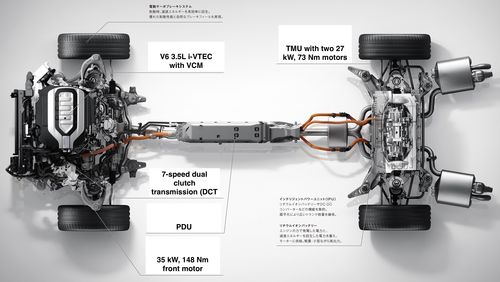
Yeahengine supply honda engine, now exported to more than 20 countries, quality assurance. Contact Whatsapp: +86 183 4658 2847



